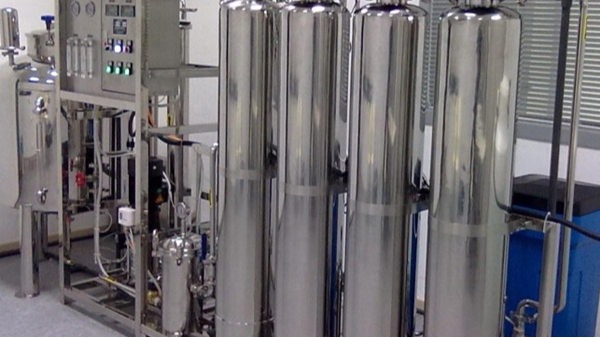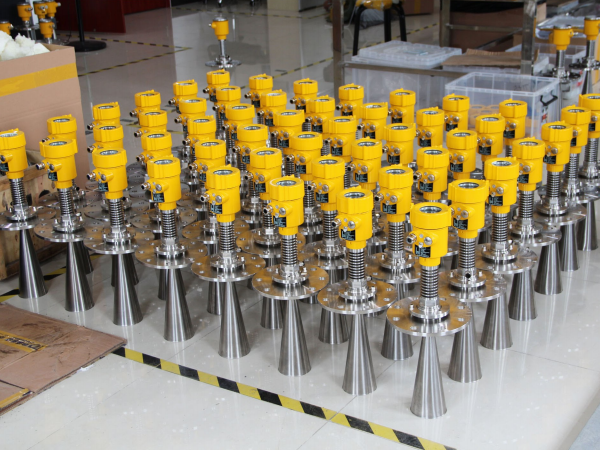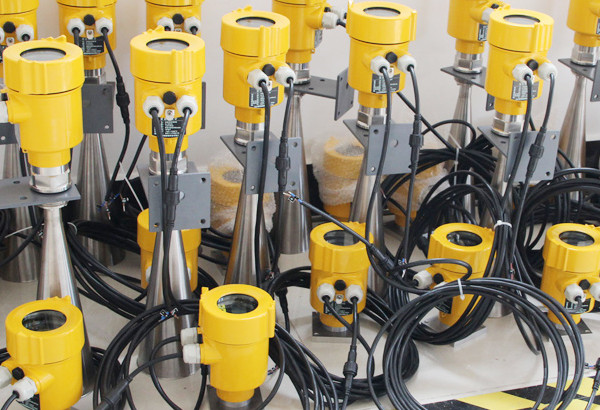Radar level meters are widely used in the level measurement of various liquids due to their non-contact, high-precision and strong anti-interference capabilities.
Especially in the pharmaceutical industry, the measurement of purified water is particularly critical because its quality is directly related to the safety and hygiene of drug production.

The working principle of radar level meter is based on the propagation characteristics of electromagnetic waves. It transmits high-frequency pulse signals to the surface of the measured medium, receives the reflected signals, and determines the liquid level by calculating the propagation time of the signals.
The advantage of this measurement technology is that it is non-invasive and will not destroy the purity of the measured liquid. It is particularly suitable for application scenarios that require high purity.
In the level measurement of purified water, radar level meter shows its unique applicability. Purified water, as a liquid with low dielectric constant, puts higher requirements on measurement technology. Radar level meter can effectively penetrate interference factors such as steam and foam, ensuring the accuracy and stability of measurement.
In addition, since radar level meter does not directly contact with the measured medium, it avoids sensor contamination and corrosion problems and prolongs the service life of the equipment.

From the perspective of professional terminology, the key performance indicators of radar level meters include frequency range, measurement accuracy, repeatability, and environmental adaptability. For purified water, it is crucial to choose a radar level meter with the right frequency.
High-frequency radar level meters have better focusing capabilities and are suitable for small containers or occasions where high-precision measurements are required; low-frequency radar level meters are more suitable for large containers or environments with steam and foam. In an actual application case, a pharmaceutical company used a high-frequency radar level meter to monitor the level of purified water tanks.
The frequency of the radar level meter was selected as 26GHz, which not only ensured sufficient measurement accuracy but also adapted to the size of the tank. Data from six months of continuous operation showed that the measurement stability and repeatability of the radar level meter met the requirements of production monitoring and effectively guided the control and optimization of the production process.
Although the radar level meter performed well in purified water measurement, its performance was still affected by many factors such as installation location, tank shape, and medium characteristics. Therefore, reasonable selection, precise installation, and regular maintenance are necessary measures to ensure measurement accuracy.

Radar level meters have shown significant technical advantages and application value in the field of purified water measurement. Through reasonable selection and scientific application, radar level meters can not only improve the measurement accuracy of purified water levels, but also ensure the stability and safety of the production process, which is of great significance to improving the automation level of the entire pharmaceutical industry.
